
Here: a review of the scientific evidence relevant to the use of classic hallucinogens in the treatment of substance use disorders.

Here: a review of the scientific evidence relevant to the use of classic hallucinogens in the treatment of substance use disorders.

Although many mysteries of sexual pathophysiology await illumination, patients may expect mental health professionals to provide guidance about their persistent sexual disappointments. Insights here.

An in-depth CME on DSM-5 criteria for persistent complex bereavement disorder and the clinical management of pathological reactions to the death of a loved one.

Functional vs structural; melancholic vs non-melancholic; and hierarchy of treatment are the focus.

What are the limitations and advantages of biomedicine and Asian medicine? When is it more beneficial to use one or the other? Guidelines for combining the two?
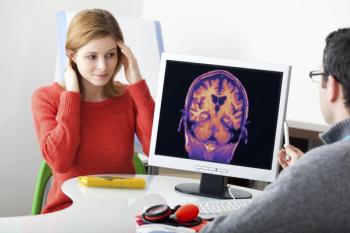
This article provides an overview of the role of neurofeedback as an intervention to target symptoms associated with psychiatric disorders.

The assessment, diagnosis, and treatment of conditions in which persistent pain is a feature despite lack of evidence of a pathological cause are reviewed in this article.

Here's a deep dive into possible mechanisms by which viruses may contribute to mental illness.
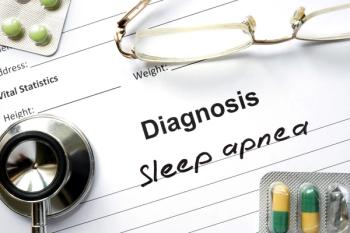
What are the effects of sleep apnea on depression--and depression on sleep apnea? Insights here.

New Strategies to Optimize Care for Patients With Parkinson’s Disease Psychosis
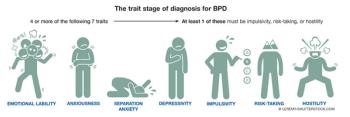
The authors suggest what may be a way forward for thinking about the conceptualization of personality disorder.

What are the most effective assessment practices for ASD during the developmental stages of early childhood, middle childhood, adolescence, and adulthood?

Broaching the subject of changing behaviors can be daunting. Motivational interviewing may make these conversations easier.

Patients with residual symptoms of depression may continue to experience significant occupational and social impairment. The focus of this article is on the residual burden that so often remains after remission is achieved.

A focus on QTc monitoring in patients receiving psychotropics, especially when multiple medications are prescribed.

A focus on the differential of CNS disorders that present with neuropsychiatric symptoms, their presentations, and guidelines for treatment.
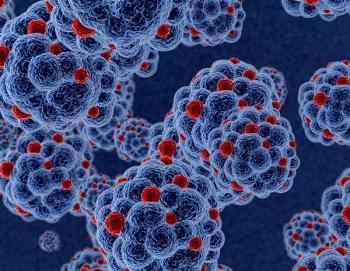
An overview of the interface between HIV/AIDS infection and mental illness.
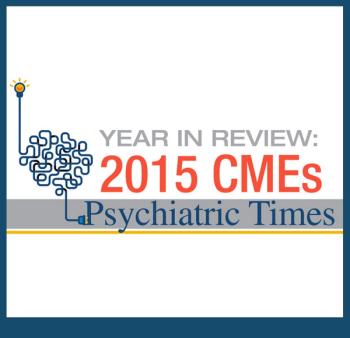
Here is a year's worth of free CMEs you can take right now.

This article reviews DSM-5 changes to symptom criteria for bipolar disorder with a focus on treatment of bipolar depression and cyclothymic disorder.
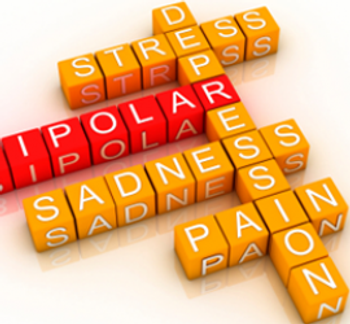
This article reviews DSM-5 changes to symptom criteria for bipolar disorder. The primary focus is on the diagnosis and treatment of mania and hypomania.
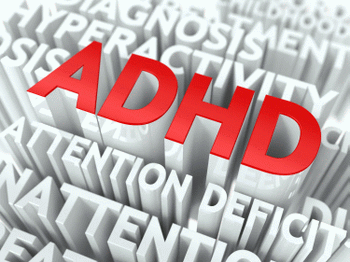
The clinical presentation and functional impacts of ADHD in adults vary greatly from their child and adolescent counterparts. Here: latest information on this complex topic.
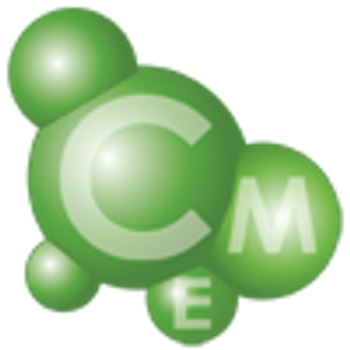
Potentially over-inclusive DSM-5 diagnostic categories for somatic disorders can result in a confusing overlap of criteria. These authors sort through the challenges of the differential diagnosis-and map out a well-structured treatment plan.

Although the pharmacological treatment of impulsivity represents an exciting and possibly more effective means of relieving the burden of mental health illness, precisely what is meant by impulsivity and its neurobiological substrates?

This CME is intended to help differentiate binge eating disorder (BED) from other eating disorders and understand the mechanisms that may put BED into the realm of addiction disorders.

How to frame a novel transactional model for attending to both patient and physician character styles and provide strategies for identifying and managing these interactions.

Structural neuroimaging, functional neuroimaging, and psychometabolomics in the identification of markers for suicidal behavior are discussed in this CME.
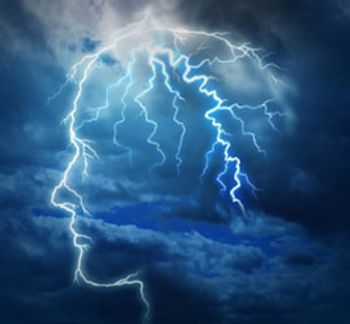
Lithium plays an important role in reducing morbidity and mortality associated with bipolar disorder. Psychiatrists can optimize the benefits of lithium by carefully choosing patients for long-term treatment and educating them about the risks and benefits.

Here: assessment approaches, treatment options, and potential risks inherent in treating tobacco dependence in individuals with major mental illnesses and substance use disorders.
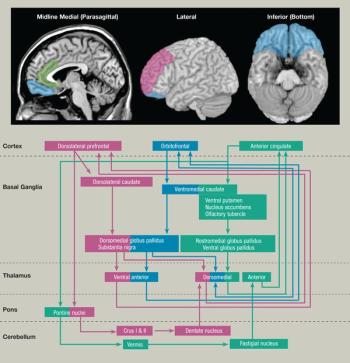
Which neuroimaging test for which psychiatric patient-and when? What to ask the neuroradiologist?

Contemporary ideas about psychotic conditions and clinical approaches for treatment.